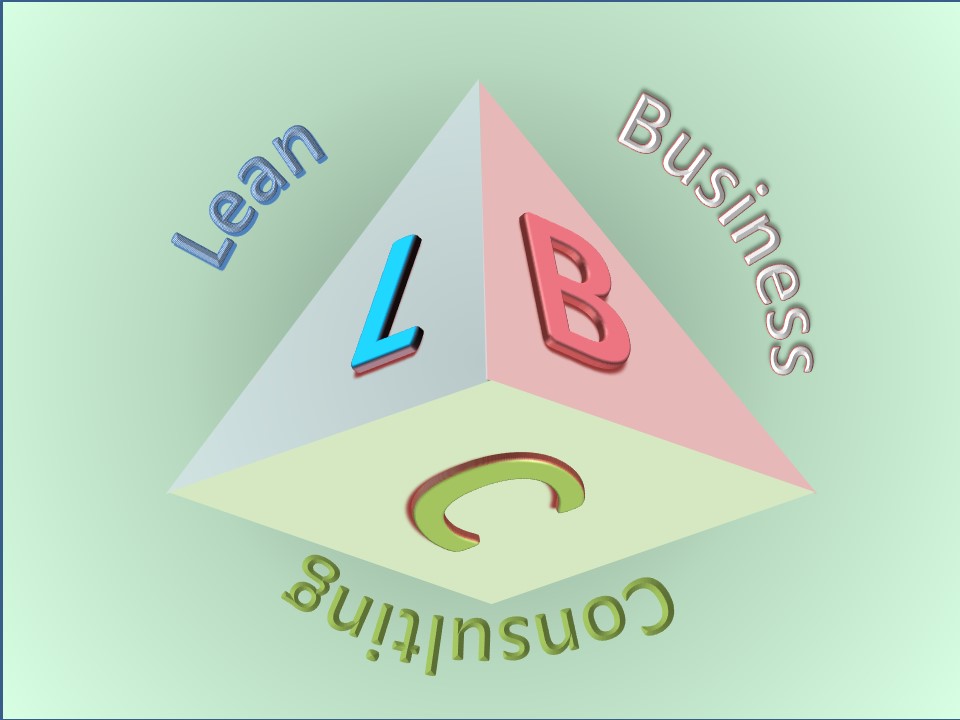A quality failure happens when a product or service fails to satisfy one of its specifications. This may happen despite all the quality control measures or because an unknown parameter has interfered in a process step of the production routine....
 The elimination of the quality failures can be challenging but it is achievable. Setting the target for quality failures to zero, similarly to the zero accidents target, is not a utopia. Sharpening of our knowledge and honing our skills results in inventing innovative ideas to zero quality failures. However, this is not to say that we can ensure that a new quality failure will not pop up in the future. That doesn’t imply that the target for the quality fairures should never be zero; it only highlights the truth, that the effort to improve quality never stops. This process eventually promotes the knowledge to bring better products to life.
The elimination of the quality failures can be challenging but it is achievable. Setting the target for quality failures to zero, similarly to the zero accidents target, is not a utopia. Sharpening of our knowledge and honing our skills results in inventing innovative ideas to zero quality failures. However, this is not to say that we can ensure that a new quality failure will not pop up in the future. That doesn’t imply that the target for the quality fairures should never be zero; it only highlights the truth, that the effort to improve quality never stops. This process eventually promotes the knowledge to bring better products to life.
But what if we adopt a target other than zero, let’s say 1%? Well, in this case, when the off-specs hit the 1%, any further attempt to improve will cease and the moment the competition achieves a better target our market share is gone.
When there is a failure in the product safety, or a product contamination, or a reliability failure, there is a gap in quality that has to be fixed. This requires careful investigation in the form of an improvement project. The improvement project should clearly identify the cause of the quality failure and propose proper countermeasures. The implemented countermeasures have to enable reliable and accurate execution to ensure the elimination of the quality failure.
In case there are some even rare reoccurrences of a quality failure, this is a sign that there are still some causes that are not traced yet or some countermeasures that cannot be accurately implemented. It takes commitment, persistency, careful consideration and proper prioritisation of the possible causes and sometimes extensive experimentation to eliminate a quality failure (proper training not to be neglected) but it’s really feasible and worth the effort. Quality problems are not unavoidable but they can be eliminated as they emerge, resulting in bridging the gaps of our knowledge and honing the accuracy of our tools and processes. In fact it is better instead of questioning whether quality problems are unavoidable to regard each one of them as a great opportunity for improvement.
9/9/2018
Alkis Charalambopoulos, www.leansolutions.gr
Keywords: Quality failures, target, competition, countermeasures, accuracy, reliability, knowledge, improvement
The elimination of the quality failures can be challenging but it is achievable. Setting the target for quality failures to zero, similarly to the zero accidents target, is not a utopia. Sharpening of our knowledge and honing our skills results in inventing innovative ideas to zero quality failures. However, this is not to say that we can ensure that a new quality failure will not pop up in the future. That doesn’t imply that the target for the quality fairures should never be zero; it only highlights the truth, that the fight to improve quality never stops. This fight eventually promotes the knowledge to bring better products into life.
But what if we adopt a target other than zero, let’s say 1%? Well, in this case, when the off-specs hit the 1%, any further attempt to improve will cease and the moment the competition achieves a better target our market share is gone.
When there is a failure in the product safety, or a product contamination, or a reliability failure, there is a gap in quality that has to be fixed. This requires careful investigation in the form of an improvement project. The improvement project should clearly identify the cause of the quality failure and propose proper countermeasures. The implemented countermeasures have to enable reliable and accurate execution to ensure the elimination of the quality failure.
In case there are some even rare reoccurrences of a quality failure, this is a sign that there are still some causes that are not traced yet or some countermeasures that cannot be accurately implemented. It takes commitment, persistency, careful consideration and proper prioritisation of the possible causes and sometimes extensive experimentation to eliminate a quality failure (proper training not to be neglected) but it’s really feasible and worth the effort. Quality problems are not unavoidable but they can be eliminated as they emerge, resulting in bridging the gaps of our knowledge and honing the accuracy of our tools and processes. In fact it is better instead of questioning whether quality problems are unavoidable to regard each one of them as a great opportunity for improvement.
Alkis Charalambopoulos
Lean Business Consulting
9/9/2018

